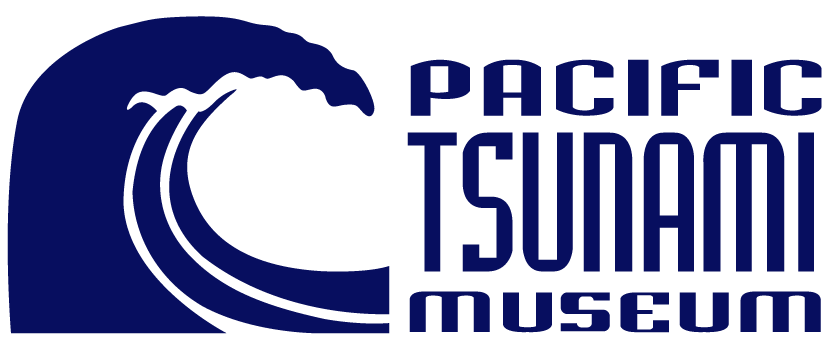Coconut Island
Mokuola is the Hawaiian name for what many know as Coconut Island. This island has been used for many purposes over the years but has always been very susceptible to tsunamis. You can see and compare some the of the wave heights that hit this island on the coconut tree close to the sign. This tree documents some of the major tsunamis to hit the island as well as Hilo town. The views can also give you a better idea of how Hilo is laid out and a more up close and personal view of the entire bay, from the breakwater to the coast.
Before the 1960 tsunami came and wiped out all Waiākea Town there was a family who lived on the island of Mokuola (Coconut Island). This family was the caretakers of the island and this is Lilinoe Keliipio Young’s story and what she remembers growing up on Coconut Island. She lived in a one-bedroom house with her parents and siblings helping with the duties during summer which included washing down the public showers next door. She enjoyed waking up in the morning with the whole island to themselves, “It was like we were in our own world.” At that time there was no bridge connecting it to the Waiākea peninsula, so she had to go to and from by rowboat. When her father was young, he would run the ferry service to the island charging families 5 cents to be transported to the island. People would visit the island every day, but it was the weekends that were the busiest with families coming to swim and barbeque. A pontoon bridge had been built to the island but it didn’t last long. The next bridge was built in 1957. It was the tsunami in May 1960 that ended her family living on the island. She remembers it being a beautiful day outside, with many families enjoying the island, but the tide was extra high. Around 1 o’clock in the afternoon her uncle called on the public phone booth right outside the house warning the family about the Earthquake in Chile and possible tsunami. The family heeded the warning and evacuated the island along with its visitors. Living on that island the family was very good at being prepared to leave, because for them tsunamis were not the only thing they had to worry about. High seas and hurricanes were also reasons for being prepared for evacuation. They didn’t have a car, so they carried what they could to Waiākea Townuntil some family members came and helped take them to Keaukaha. They were safe in that location, but that could not be said for their house. It was destroyed with pieces of it found in Reed’s Bay as the cleanup effort began. Lilinoe and her siblings weren’t allowed to see the devastation that had occurred to their house and Waiākea Town just after the tsunami and nobody could live on the island again.
Moku (Island) and ola (life) was the site of an ancient Hawaiian temple dedicated to healing. According to legend, anyone feeling sick could be healed by swimming around Mokuola three times. It was also a sanctuary island where anyone who had broken religious laws, kapu, and be subject to death, would be safe from harm. During the 19th century those who were suspected of having plague or measles were quarantined on Mokuola. Starting in 1909 the Keliipio family were the caretakers, living on the island and running a small boat to ferry people to and from Mokuola. During WWII, Mokuola was turned into a military training area. The diving tower was built for sailors to practice jumping from heights into the ocean. Today Mokuola is a beautiful Hawaii County Park with wonderful views of Hilo and Mauna Kea.
